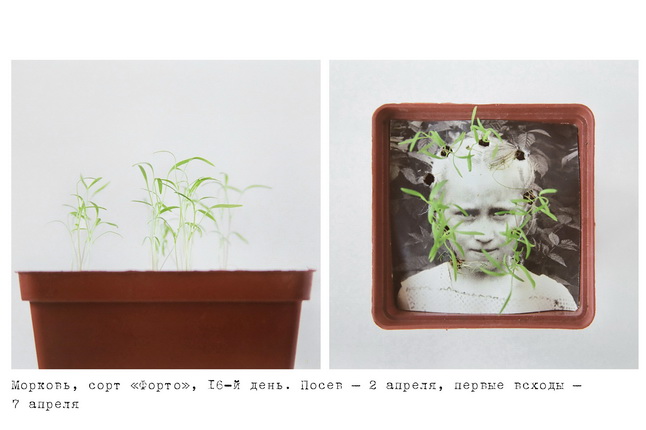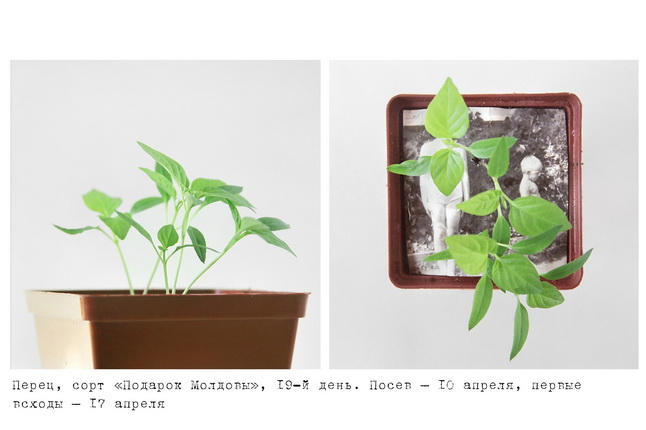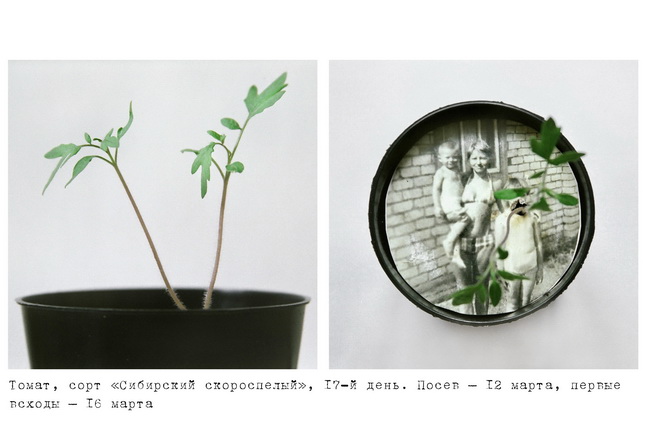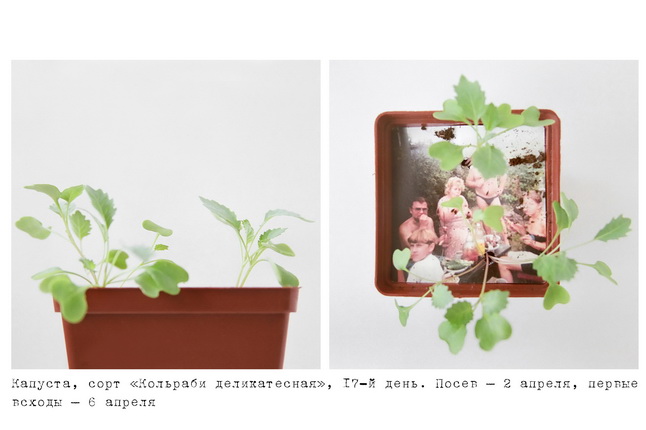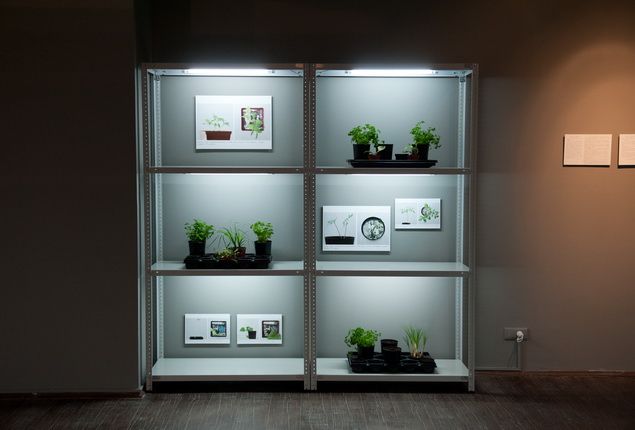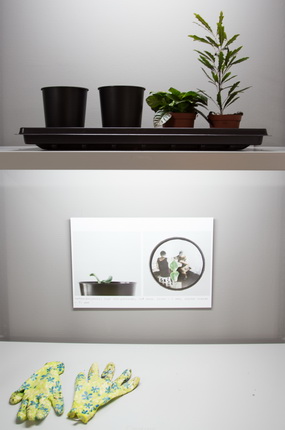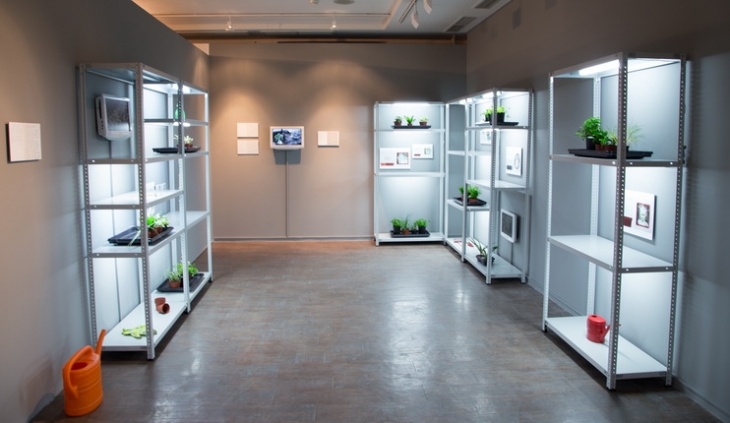Datscha/Garden
Moscow, 12.03.2014—20.04.2014
exhibition is over
Moscow Museum of Modern Art
17 Ermolaevsky lane (
www.mmoma.ru
Share with friends
Curator: Ekaterina Inozemseva
Project presented by the Moscow House of Photography Museum
For the press
I bequeath myself to the dirt to grow from the grass I love,
If you want me again look for me under your boot-soles.
Walt Whitman, ‘Starting from Paumanok’
The garden, the dacha and the vegetable plot determined many years of my family’s life. What we ate was directly dependent on our plot of land, and in those days everything existed around it and for the sake of it. For each generation of relatives, on both my father and mother’s side, the vegetable plot was a place of never-ending hard work on the land. When my mother, my sister and I moved to Russia from Kazakhstan after my parents’ divorce, our ties to the soil were the only thing that still connected our divided family and shaped my understanding of our roots. At our new home in the Urals town of Kasli I continued my task of watering the vegetable bed in the garden, and my grandmother, my father’s mother, wrote me letters from Kazakhstan, each one describing how her tomatoes were ripening in the greenhouses, how her beetroots flourished that season.
Beginning my long experiment with the cultivation of living things (vegetables and flowers) through the obviously lifeless (old family snapshots taken at the dacha or garden), I hoped to restore the feeling of the earth that had been lost with the death of my father and both grandmothers. For a long time I thought this project would have an open ending. I didn’t know what the winner would be — the pictures, or the plants. But the earth won against all. It took charge of the seedlings transferred to their natural medium and swallowed up the photographs. Neither destroying nor erasing, it reduced them to nothing, as it seeks to consign everything to oblivion. But we fill the earth with energy and give it memory. Even if it seems our relations with the land are lost.
Anastasia Bogomolova

